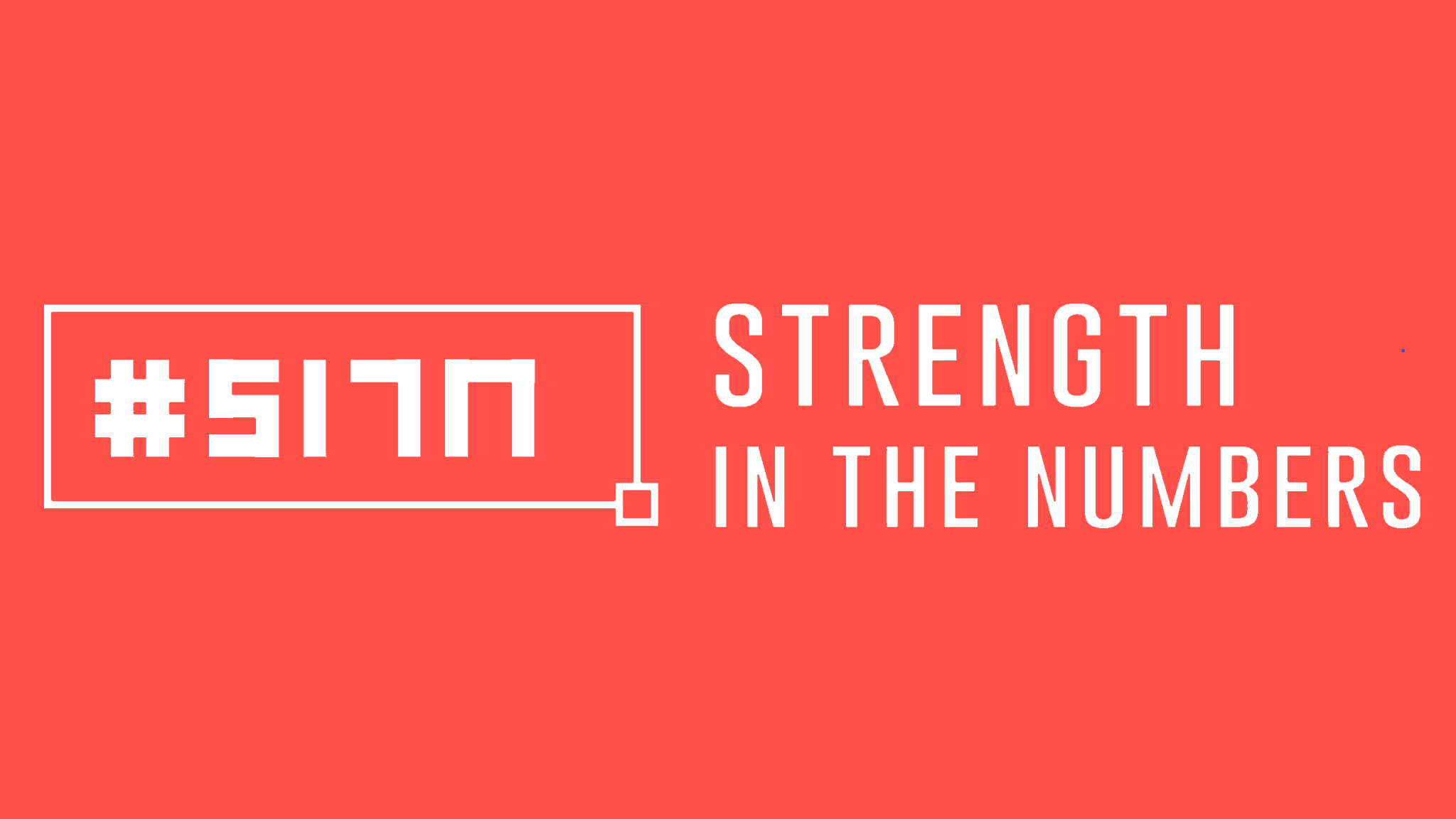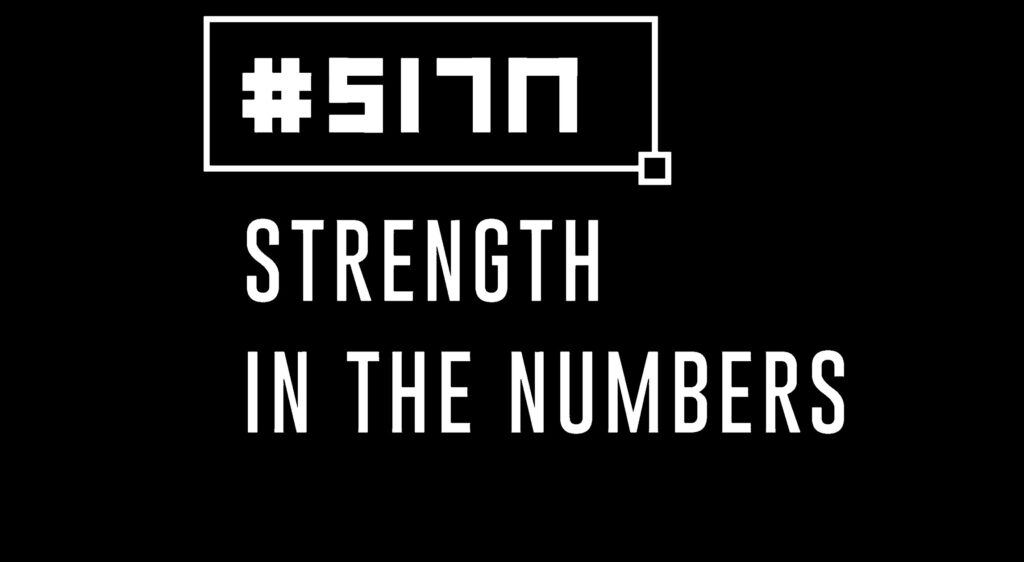“Alone we can go fast, together we can go far,” African proverb.
This how I ended the talk I was giving to an audience of Finance & Accounting professionals earlier this week and it helped answer a question from the audience about ways in which we could add value in our own teams.
In this bite-sized episode we share with you the SAS approach to where and how Finance teams can add value.
#FinanceMentor
#SITN
that are working well for you, perhaps have you taken the opportunity to standardize.
[00:04:28] For instance, you could have a good deal review process or a business case or proposal review process in each country or region you’re operating. And have you thought about maybe consolidating those and making them a bit more standardized so that you can give people a playbook on how the end-to-end works.
[00:04:47] We have a number of different end to end cycles within finance. Can we walk through those from a process flow perspective, particularly if we’ve done the work around our strengths and the simplification of the assumptions previously
[00:05:01] and standardization makes it very easier. To introduce other staff or team members into the process, particularly if they’re more junior. So it gives them a step up into adding more value in the organization. And then that actually, if you’re doing that, it actually gives you a bonus opportunity. So as much as this SAS approach of adding value and financing, our organizations has been around a while because of some changes in, expectations and digital technologies.
[00:05:29] And once you’ve done the standardization, now you’ve got two more new opportunities that got. Come up, I suppose the first one, if we start with it’s another a actually,
[00:05:39] and I just want you to standardize, you can then automate there’s a lot more easily accessible technologies, doctoral low-code or no-code to be able to automate some of what your standard.
[00:05:50] And if you think about it, this can go for processes like w when invoices are scanned in, as they arrive in an organization. And before they, that route to accounts payable D artificial intelligence knows what, from a standardized perspective, where to look at on the invoices and figure out where they should be coded.
[00:06:08] So if you a human person doesn’t have to go and do that exercise instead, what they can do is at the end of the day, review all the invoices that the machine has seen, the artificial intelligence has coded and just double check that things are roughly going where it makes sense. So you asked machines can still make errors, but so can human beings as well.
[00:06:27] But if you’ve got that standardized process, it just allows a faster checking once your automation has been done. And another cool thing about the standardization and the automation, if you’ve gone through that step is you’ve now developed like your new SAS as well, which is that last desk. It’s to SCALE
[00:06:44] because we’ve a lot more complexity in our organizations now and potentially a lot more stakeholders with differing objectives. And because of that complexity and different objectives, there might be an opportunity to apply what you’ve learned on the rest of the SAS journey into other areas. And scaling can take.
[00:07:05] Two forms. One is just scaling across our partners. So let’s say you’ve developed a triaging tool for how you decide, who signs off journals in your finance organization, depending on where it’s booking. Where a transaction is taking place. You need a finance reviewer from a particular functional part of the business to review it.
[00:07:27] If you can do that for triaging and finance. What about for one of the business partners we work with? So let’s say FP and a, I’ve got a load of queries going out to the sales team or whether, instead of doing that over email in a very ad hoc way maybe set up a tool that allows you to track how those.
[00:07:44] Requests are being answered and how quickly they are. Cause that just allows for faster escalation. And again, once you’re trapping that data, you can then maybe go back to the whole cycle again and figure out, okay, the data is a strands because we’re tracking it. Let’s look at that and then go through the assumptions and standardizing again to continually refining that process.
[00:08:05] And adding more value because the last time you’re doing crunching data and collecting it and analyzing it and blending it because you standardize it all and simplified, it allows you then to go and spend more time actually working with the business on adding value for them, particularly the scaling across outcomes.
[00:08:21] And your other way of scaling across outcomes is in your own.
[00:08:25] Yeah. And just not thinking about okay. I’m just one team within accounting and finance, but sometimes there’s other teams similar to ours spread across different geography. Or perhaps different functions if that’s how the organization is split. So again, it’s important to be able to share and maybe engage with others to understand what are the outcomes they’re looking for.
[00:08:45] Maybe if you got a solution, particularly when it comes to standardization and automation of end to end processes that are broadly similar across the same organization that just might have different flows.
[00:08:56] And can what you’ve come up with help them scale. And the scale is your impact, but also the impact that the organization and finance team is able to make. So hope that SAS approach is quite useful for you. It’s quite interesting when we look at our, in weekly interviews with the gas mentors, they tend to share a lot of great advice that they’ve picked up along the way, as well as our hard won lessons and what I’m seeing a lot more is this conversation around automation, standardization, simplification is scaling our impact. And that’s why we invite them on to the show so that they can share with you how they’re doing.
[00:09:29] And also what’s exciting than most in terms of where the potential opportunities and risks are opening up and finance as well as the organizations we serve. So look, I hope you enjoyed this week’s episode. If you did, please remember to share with your friends and colleagues, they can subscribe in all the major platforms, iTunes, Stitcher, SoundCloud, YouTube, and Spotify,
[00:09:47] and as always thanks again for tuning in today. So until next time, have a great week, take care, stay safe, and let’s keep on building our strengthen.
[00:09:57]

